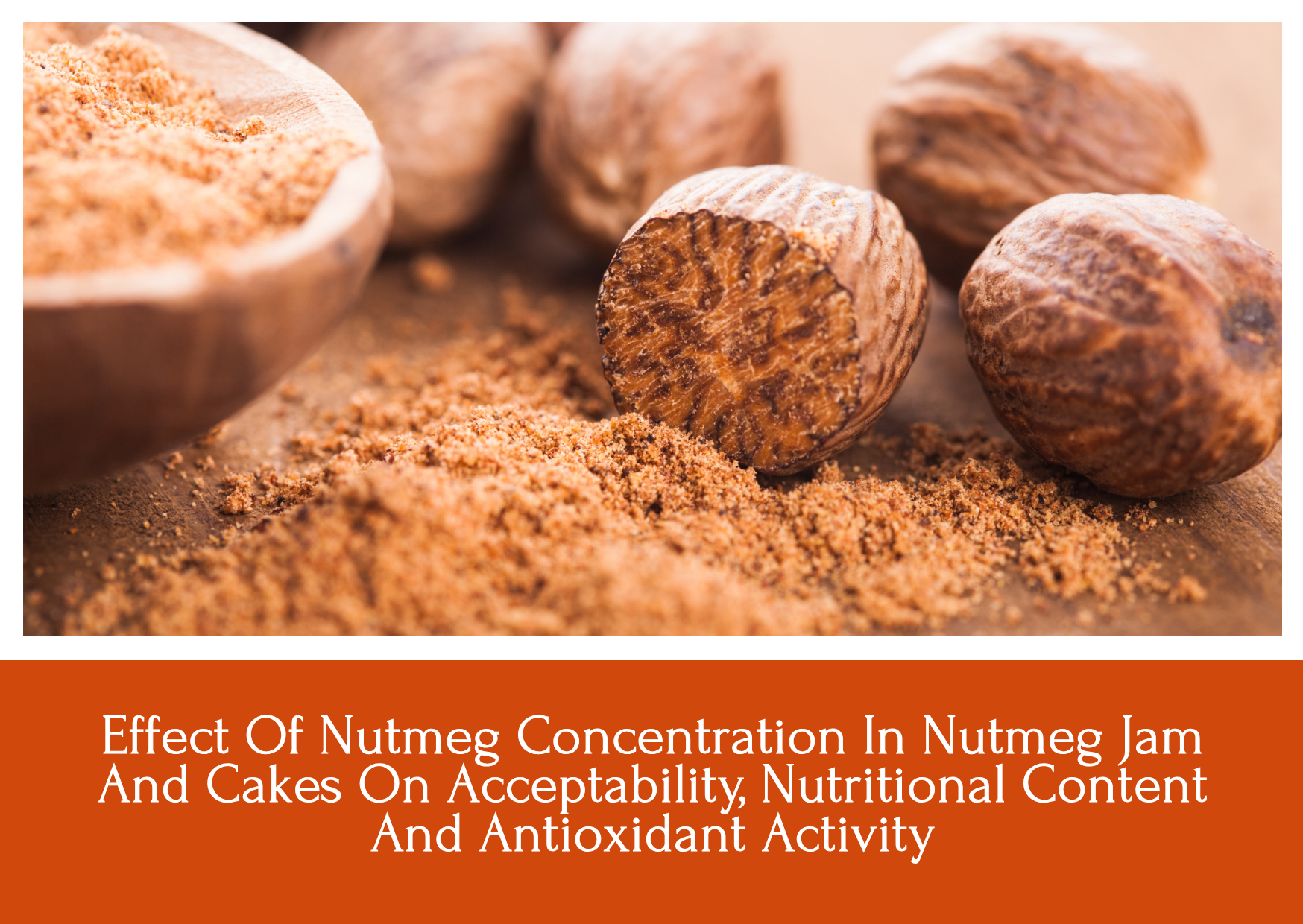AKTIVITAS FISIK DAN KONSUMSI KEDELAI PADA REMAJA PUTRI YANG MENGALAMI PREMENSTRUAL SYNDROME DI SMKN 10 SURABAYA
Downloads
Premenstrual Syndrome (PMS) is a group of symptoms that occur 1–2 weeks before menstruation period and cause lower concentration and absents at school. The aim of this study was to describe the association between physical activity and soy dietary intake among adolescent girls who experienced PMS at SMKN 10 Surabaya. This study
was an observational analytic with cross sectional design. Samples were taken as many as 59 students aged 14–17 years old using systematic random sampling. Data were analyzed using chi-square. The study showed that physical activity level of respondents were light (88.1%). 10.2% respondents doing walk and bicycle > 7x in the past 7 days.
Soy comsumption level of respondents were moderate (17.22–28.38 portion per month). Tofu (69.5 %) and tempeh (66.1%) were processed product of soybean that frequently consumed by respondents as much as 75 g. Adolescent girls had low physical symptoms of PMS (71.2%). The frequent symptoms were fatigue (25.4%), paintful and tender
breast (35.6%). There was a signiï¬ cant relationship between PMS with physical activity with PMS (p = 0.011) and soy consumption (p = 0.000). High soy consumption, regular and moderate physical activity can help reduce unfavorable PMS symptoms.
American College of Obstetrics and Gynecology.
(2000). ACOG practice bulletin: premenstrual
syndrome. Washington, DC: ACOG.
Astami, B. (2013). Hubungan konsumsi makanan
mengandung fitoestrogen dengan siklus
menstruasi pada siswi kelas X di SMKN 4
Kendari. (Skripsi yang tidak dipublikasikan),
Universitas Hasanuddin Makasar. Diakses dari
http://repository.unhas.ac.id/123456789/5673.
Bolla, K.N. (2015). Soybean consumption and
health benefits. International Journal Of
Scientiï¬ c & Technology Research, 4(07), 5053.
ISSN 2277-8616. Diakses dari http://www.
ijstr.org.
Carey, H.K.Y. (2012). Relations between dietary
soy intake and premenstrual syndrome in young
chinese women. (Master's thesis unpublished),
University of Hongkong, Hongkong. Diakses
dari http://hdl.handle.net/10722/179899
Concise Medical Dictionary, Oxford Reference
Online. (2002). Concise medical dictionary.
Diakses dari: http://www.oxfordreference.com/
view/10.1093/acref/9780199557141.001.0001/
acref-9780199557141
Delara, M., Borzuei, H., Montazeri, A. (2013).
Premenstrual disorders: prevalence and
associated factors in a sample of Iranian
adolescents. Iranian Red Crescent Medical
Journal, 15(8): 695-700. Diakses dari https://
www.ncbi.nlm.nih.gov/pubmed
Esen, I., Oguz, B., Serin, H.M. (2016) menstrual
characteristics of pubertal girls: A questionnairebased
study in turkey. J Clin Res Pediatr Endocrinol, 8(2):192-196. DOI: 10.4274/jcrpe.2026.
Golmakani, N., & Zagami S. E. (2011). Use of
medicinal plants in the treatment of premenstrual
syndrome: A review. Journal of American
Science, 7(5)m 60-64. Diakses dari http://www.
americanscience.org.
Halbreich. (2007) Clinical diagnostic criterriafor
premenstrual syndrome and guidelines for their
quantification for research studies. Journal
Gynecology Endocrinolog, 23(3), 123-130.
Hickey, M., Balen, A. (2003). Menstrual disorders
in adolescence: investigation and management.
Human Reproduction Update, 9(5),493-504.
DOI: 10.1093/humupd/dmg038
Hillard, P.J.A. (2008). Menstruation in adolescents:
what's normal, what's not. Annals of the New
York Academy of Sciences, 1135(1), 29-35.
Diakses dari http://onlinelibrary.wiley.com/
doi/10.1196/annals.1429.022/pdf
Kim, H.W., Kwon, M.K., Kim, N.S. & Reame,
N.E. (2006). Intake of dietary soy isofl avones in
relation to perimenstrual symptoms of Korean
women living in the USA. Nurs. Health Sci,
(2):108-13. Diakses dari https://www.ncbi.
nlm.nih.gov/pubmed/16764563
Kowalski, C., & Donen. (2004). The Physical
Activity Questionnaire for Older Children
(PAQ-C) and Adolescents (PAQ-A) manual.
Canada: College of Kinesiology, University of
Saskatchewan.
Kroll, A.R. (2016). Recreational physical activity
and premenstrual syndrome in college-aged
women paper (Master's thesis, University
of Massachusetts, US). Diakses dari
http://scholarworks.umass.edu/428.
Lu, L.J.W., Anderson, K.E., Grady, J.J., & Nagamani,
M. (2001). Effects of an isofl avone-free soy diet
on ovarian hormones in premenopausal women.
The Journal of Clinical Endocrinology &
Metabolism, 86 (7), 3045-3052. Diakses dari:
http://doi.org/10.1210/jcem.86.7.7684
Nagata, H., Shimizu, N.,Shimizu, H. (2004).
Soy, fat and other dietary factors in relation to
premenstrual symptoms in Japanese women.
International Journal of Obstetrics and
Gynaecology, 111(6), 594–599.doi: 10. 111/
ncbi.nlm.nih.gov. 2004.06
Notoatmodjo, S. (2002). Metode penelitian
kesehatan. Jakarta: Rineka Cipta.
Oja, T., & Titze, S. (2011). Physical activity
recommendations for public health: Development
and policy context. EPMA Journal, 2(3),
-259. doi: 10.1007/European Association
for Predictive, Preventive and Personalised
Medicine.2011.11
Omidvar, S., & Begum, K. (2011). Menstrual
pattern among unmarried women from South
India. Journal National of Science Biology Medical, 2(2), 174-179. Diakses dari https://www.ncbi.nlm.nih.gov/pubmed/22346231
Parker, M.A., Sneddon, A.E., Arbon, P. (2010).
The menstrual disorder of teenagers (MDOT)
study: determining typical menstrual
patterns and menstrual disturbance in a large
populationbased study of Australian teenagers.
BJOG: An International Journal of Obstetrics
and Gynaecology, 117(2), 185- 192.
Prawirohardjo, S. (2007). Ilmu kandungan Edisi II.
Jakarta: PT Bina Pustaka.
Ramadhani, M. (2013). Premenstrual syndrome
(PMS). Jurnal Kesehatan Masyarakat, 7(1), 2125.
Diakses dari jurnal.fkm.unand.ac.id/index.
php/jkma/article/view/103/109
Ramsya, K. Rupavani, & A. Bupathy (2014). Effect of
educational program on premenstrual syndrome
in adolescent school girls. International
Journal of Reproduction, Contraception,
Obstetrics and Gynecology, 3(1), 168-171.
DOI:10.5455/23201770.ijrcog20140333.
Diakses dari: http://www.ijrcog.org.
Safarzadeh, A., Zare, S., Arbabisarjou A.,
Ghoreishinia, G. (2016). The relationship
between exercise and premenstrual syndrome.
International Journal of Medical Research
& Health Sciences, 5(9), 183-189. Diakses
dari:http://www.ijmrhs.com/medical-research/the-
relationship-between-exercise-and-premenstrualsyndrome.pdf
Silvana, P.D. (2012). Hubungan antara karakteristik
individu, aktivitas ï¬ sik, dan konsumsi produk
susu dengan dysmenorrhea primer pada
mahasiswi FIK dan FKM UI Depok Tahun 2012
(Skripsi yang tidak dipublikasikan), Universitas
Indonesia, Depok. Diakses dari lib.ui.ac.id/
ï¬ le?ï¬ le=digital/20320597-S-Putri%20Dwi%20
Silvana.pdf
Tenkir, A., Fisseha, N., & Ayele, B. (2002).
Premenstrual syndrome prevalence and effect on
academic and social performances of students
in Jimma University, Ethiopia. Ethiop.J.Health
Dev. 17(3), 181-188. Diakses dari https://www.
ajol.info/index.php/ejhd/article/view/9838
Tambing, Y. (2012). Aktivitas ï¬ sik dan sindrom
premenstruasi pada remaja (Tesis KIA yang tidak
dipublikasikan) Fakultas Kesehatan Masyarakat,
Universitas Gajah Mada, Yogyakarta.
U.S. Deparment of Health and Human Service.
(2010). Premenstual syndrome. Diakses
dari https://www.womenshealth.gov/files/
documents/fact-sheet-premenstual-syndrome.
Visnupriya, R., & Rajarajeswaran, P. (2011). Effect
of aerobic exercise at different intensities in pre
menstrual syndrome. The Journal of Obstretrics
and Gynecology of India, 61 (6) : 675-682. DOI
1007/513224-011-0117-5.
- MEDIA GIZI INDONESIA Journal is the copyright owner of all materials published on this website.
- The formal legal provisions for access to digital articles of this electronic journal are subject to the terms of the Creative Commons Attribution-NonCommercial-ShareAlike license (CC BY-NC-SA 4.0), which means that MEDIA GIZI INDONESIA Journal and readers reserve the right to save, transmit media / format, manage in database, maintain, and publish articles as long as it continues to include the name of the Author.
- Printed and published print and electronic manuscripts are open access for educational, research and library purposes. In addition to these objectives, the editorial board shall not be liable for violations of copyright law.


2.png)




















